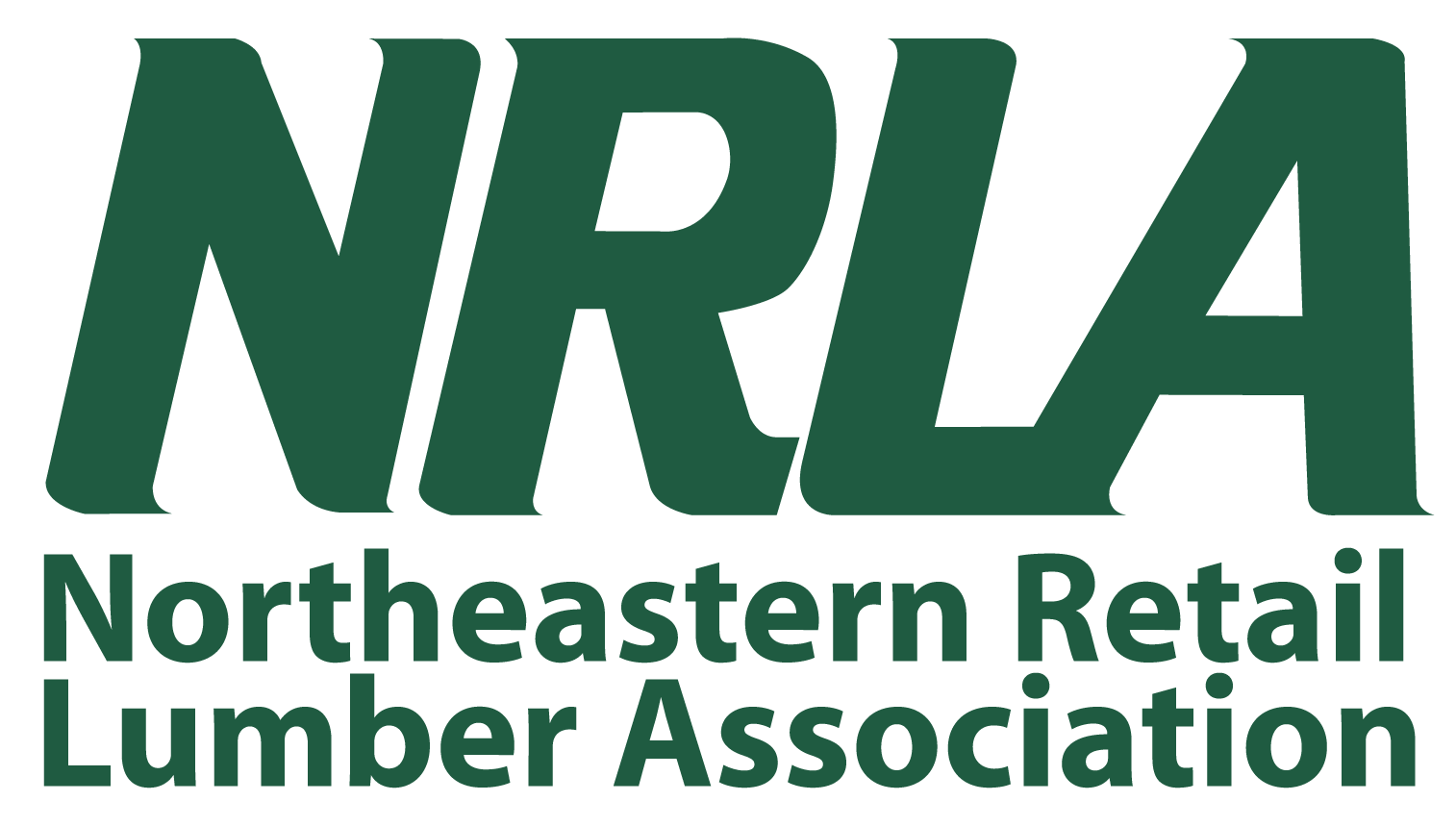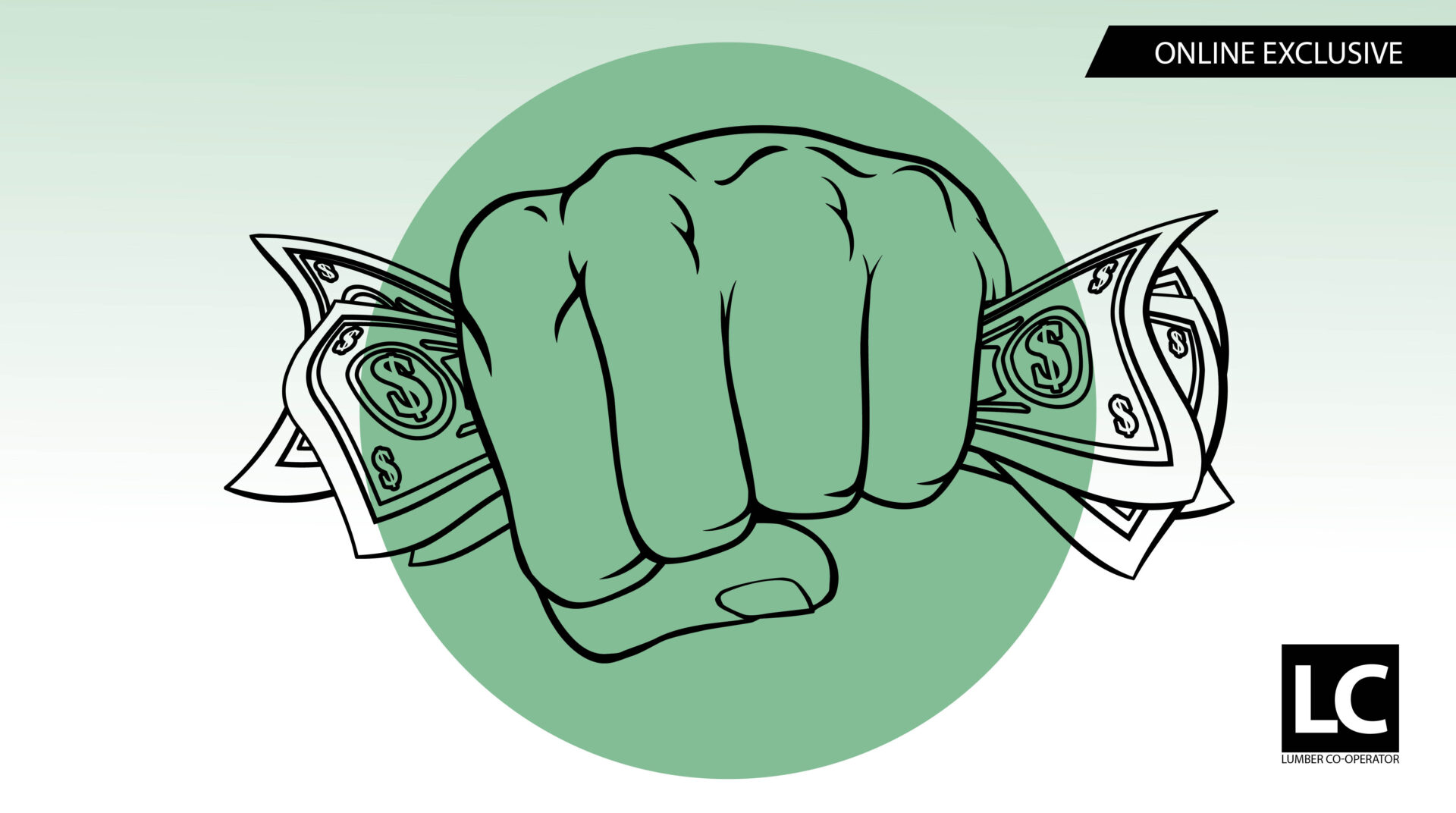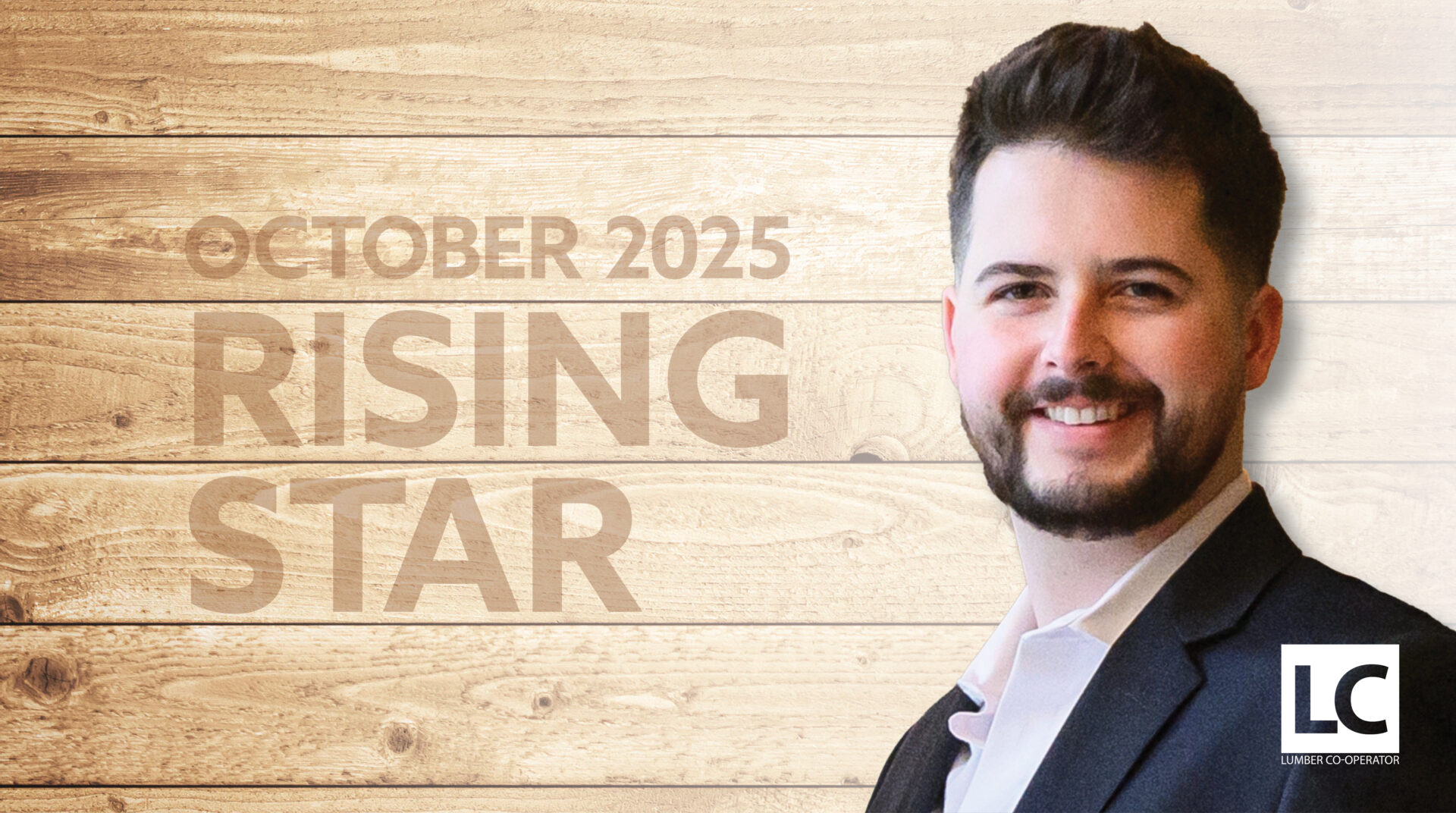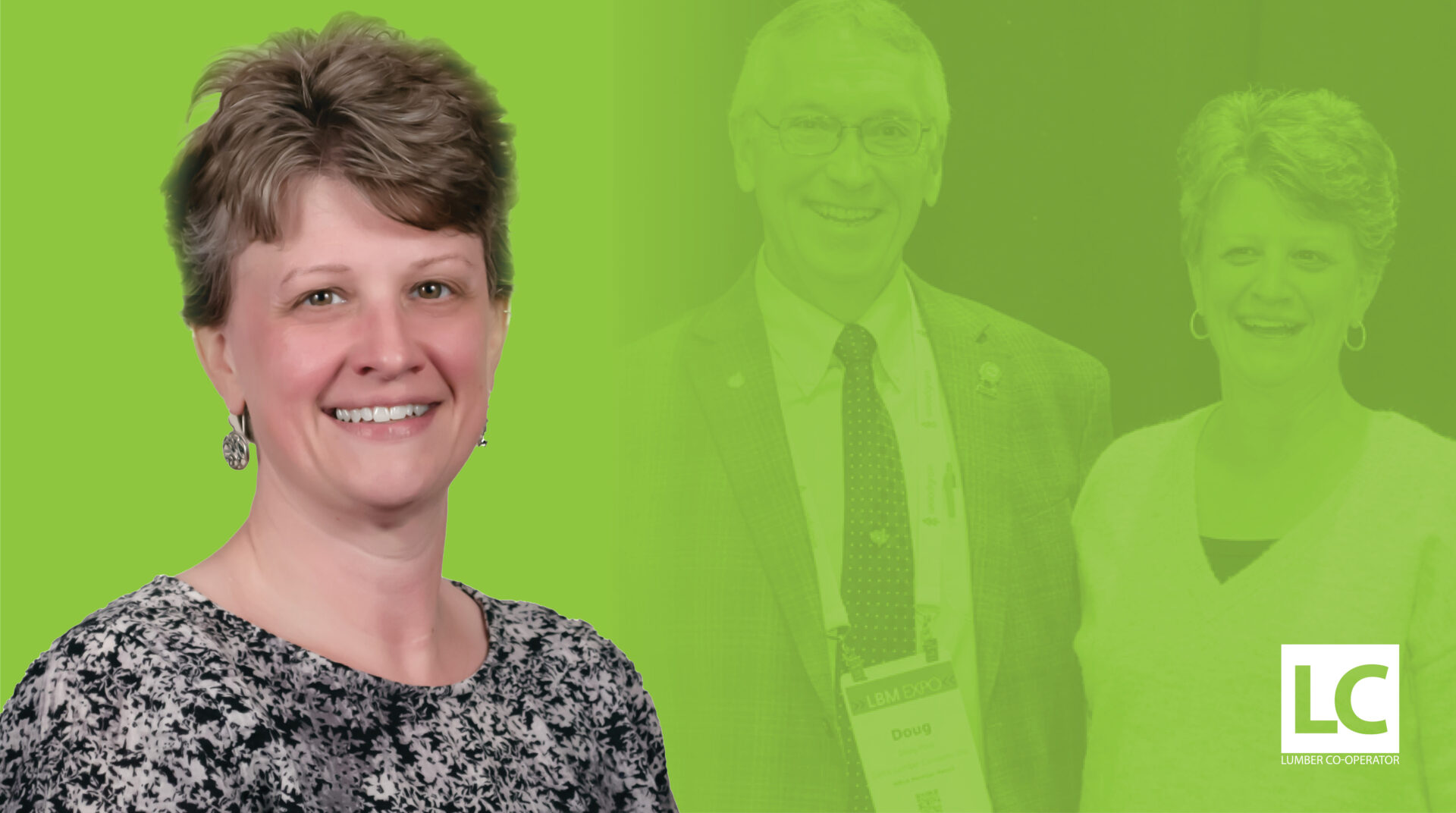“Top-line sales are for egos—it’s the bottom line that counts.”
That line always gets people’s attention. In the lumber and building materials industry, sales volume often takes center stage—but it’s profit, not revenue, that keeps a company alive. Understanding where profits come from, how they’re lost, and what salespeople can do about it is essential for every LBM professional—from the counter to the corner office.
Profitability starts with grasping a few key definitions. Gross Margin (GM) is the difference between what a product sells for and what it costs the company—the cost of goods sold (COGS). Expressed as a percentage, it’s a critical financial metric that tells you how efficiently your business turns costs into income.
• Gross Margin Dollars (or Gross Profit) = Sales Revenue – Cost of Goods Sold
• Operating Profit = Gross Margin Dollars – Overhead Expenses
• Net Profit = Operating Profit – Interest, Taxes, and Depreciation
While these seem straightforward, the reality is that most lumber dealers operate on razor-thin margins. The industry average? Roughly 4% net profit—meaning a dealer doing $10 million in annual sales keeps only about $400,000 after all expenses. The other 96% goes to inventory, payroll, delivery, and overhead.
With numbers that tight, small mistakes or inefficiencies quickly become costly. That’s where salespeople have enormous influence—for better or worse.
One of the most common misunderstandings in LBM pricing is the difference between gross margin and markup. If an item costs $100 and you want a 33% gross margin, you divide the cost by 0.67 to get a sell price of $150. But if you simply mark up the product 33%, you’d sell it for $133—cutting your margin to only 25%.
The difference is more than math; it’s psychology. Many salespeople feel guilty applying “too high” of a markup, not realizing that gross margin percentages more accurately reflect what’s needed to run a healthy business. Understanding that distinction is key to profitable selling.
Profit erosion doesn’t always happen in the accounting office—it often starts on the sales floor or jobsite. Here are a few common culprits:
• Selling on price alone.
• Not fully understanding your products.
• Providing inaccurate delivery information.
• Making “fat-finger” or quoting mistakes.
A $1,000 special-order mistake doesn’t just cost $1,000—it can take $25,000 in new sales to recover, given a 4% net profit. ($25,000 x 4.0% = $1,000)
The good news? Salespeople can also be the strongest drivers of profitability. Small, consistent improvements in how they sell and manage customers can dramatically increase margins. Here are a few proven strategies:
• Sell companion products.
• Eliminate mistakes.
• Manage deliveries strategically.
• Sell upgrades.
• Price intelligently.
Remember: you don’t have to sell every product at the same GM%. That’s not how profitable dealers operate.
Special orders deserve special margins. The true cost of handling a special order goes far beyond the product itself. There’s time spent researching, quoting, tracking, expediting, receiving, staging, and delivering—plus the risk of errors.
Getting a higher GM on special orders isn’t greedy; it’s good business. Treating those items with the same margin as stock material means you’re losing money on every transaction.
Many salespeople fall into what I call a “margin rut.” It’s the habit of always using the same margin percentage on the same products regardless of the customer or situation. It’s comfortable and easy, but it’s also costly. Breaking out of the “margin rut” requires awareness, discipline, and leadership support.
When salespeople begin thinking like owners, everything changes. They start asking different questions:
• Can I deliver this job more efficiently? (i.e., fewer deliveries)
• Can I sell more product categories to the customer(s)?
• Can I get higher gross margins?
Professional salespeople see themselves as profit partners, not just order-takers. They’re organized, reliable, and value their time, along with their company’s reputation.
Lizards shed their skin to grow. They don’t cling to the old, dead layers—they shed what no longer serves them so they can thrive. The same applies to LBM salespeople. Growth requires change—whether becoming more organized, having better time management, or adjusting pricing strategies.
The most consistently professional and profitable salespeople share these traits:
• Integrity and honesty
• Accountability
• Responsiveness
• Product knowledge
• Professionalism
These professionals don’t just sell products; they build trust. And trust drives sustainable profitability.
Today, LBM dealers face tightening margins and fierce competition. But profitability isn’t just a financial challenge—it’s a sales culture challenge. When salespeople understand how profits are made, take ownership of their role, and approach every interaction with precision and pride, the results are transformative.
Top-line sales feed the ego. Bottom line profit feeds the future.
Mike McDole has 40+ years of actual LBM experience, including being SVP of a large regional pro-dealer, and is the principal of Firing Line LBM Advisors. He’s also partners with Greg Brooks of the Executive Council on Construction Supply and his LMS. Mike can be reached at 774.372.1367 or Mike@FiringLineLBM.com.






